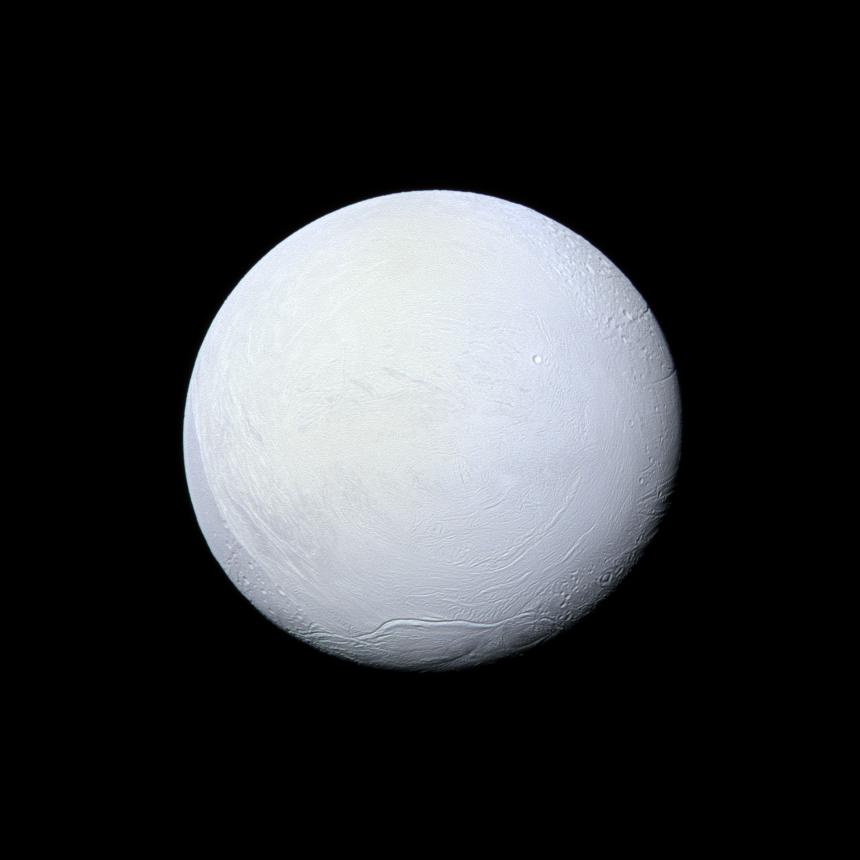
Snowball Earth may have been triggered by early tectonic activity
Millions of years ago, the Earth underwent a period of climate change that sent temperatures plummeting, prompting an era known as Snowball Earth. Now, a new study about this period calls into question our understanding of the Earth’s geological history and contradicts the well-established theory that plate tectonics started three billion years ago.
Instead, researchers from the University of Texas (UT) at Austin and UT Dallas hypothesize that the start of plate tectonics created Snowball Earth, when the Earth was covered in snow and ice during the Neoproterozoic period 542 million to 1 billion years ago.
“People have been saying for a long time that we have always had plate tectonics…but I think this might be a failure of imagination,” said Robert Stern, a co-author of the study.
Stern worked with Nathaniel Miller and their findings were published in the in the journal Terra Nova.
The two researchers collected and analyzed published data on the geological activity during the Neoproterozoic era and realized there was a potential connection between the start of plate tectonic activity and snowball Earth.
“If you look at the preserved record, diagnostic evidence for modern plate tectonics involving deep subduction is mainly Neoproterozoic and younger,” said Miller. “But most people think we had this much earlier in Earth history.”
The Earth is the only planet that we know of to have plate tectonics. Our planet’s crust and upper mantle are made up of different pieces and when these sections move, they create enormous amounts of energy and friction creating volcanoes and earthquakes.
Plate tectonics shape our world and until now, it was believed that the Earth’s plates have been active for three billion of the planet’s 4.5 billion-year history.
Stern and Miller disagree with this theory, as their research shows a variety of evidence in the geological record that corroborates the hypothesis that tectonics only started their activity in the Neoproterozoic.
First, before the Neoproterozoic era, there was a lack of any geological activity, a period that researchers have nicknamed the “the boring billion.”
Stern and Miller think this indicates that before the Neoproterozoic, the Earth was covered by a single lithospheric lid and the transition to moving plates created the major changes in climate that brought about a cooling period.
“This climate crisis could have been caused by a number of proximal causes, but the overall great cause was this revolution in Earth’s tectonic style,” said Stern.
The researchers also cite that many rock formations, gemstones and chemical signatures associated with plate tectonics only date as far back as the Neoproterozoic.
22 different methods for how plate tectonics could have caused snowball Earth were proposed in the paper.
For instance, volcanic activity could have released large amounts sulfur into the atmosphere thereby creating a cooling effect. Another possibility is that when the plates first started shifting, it changed the Earth’s rotational axis.
Stern and Miller’s hypothesis is controversial and the two authors say that more research is required to prove that tectonic activity started later in the Earth’s geological history than thought.
“Revolutions in our field don’t happen often or very easily,” said Stern. “You plant ideas and then you go and look for more data that either supports them or refutes them.”
—
By Kay Vandette, Earth.com Staff Writer
Image Credit: NASA/JPL-Caltech/Space Science Institute













